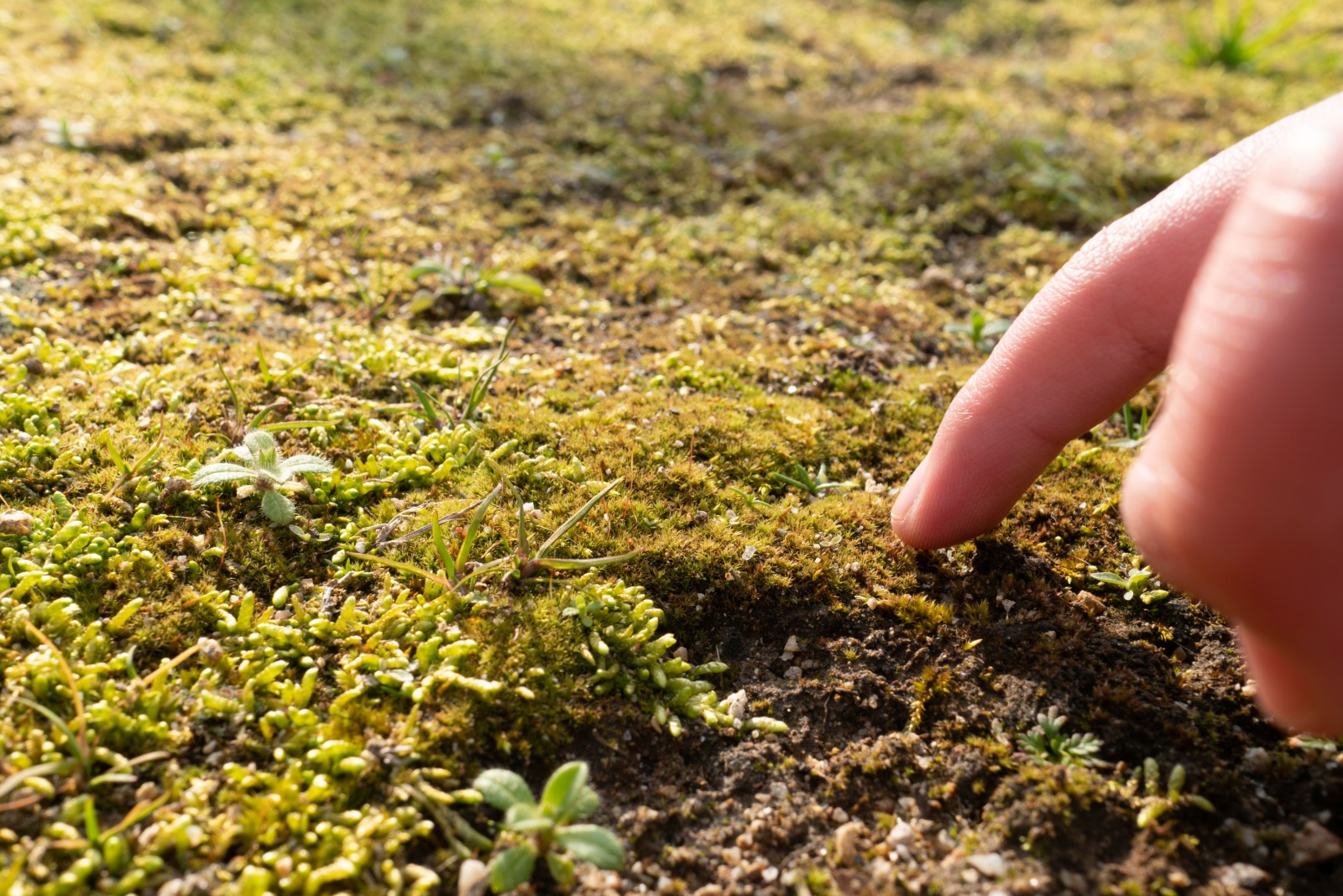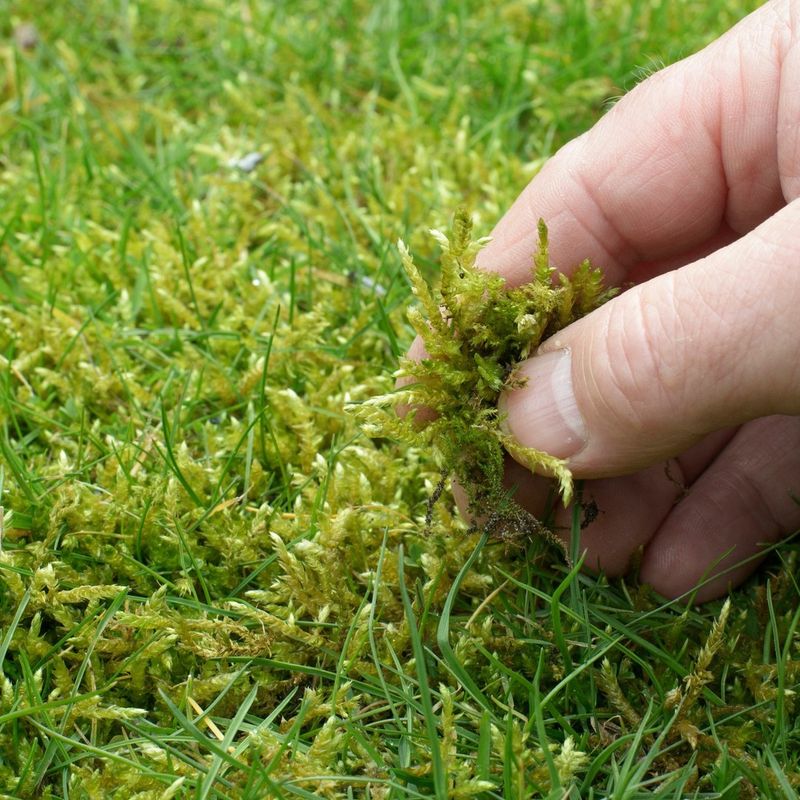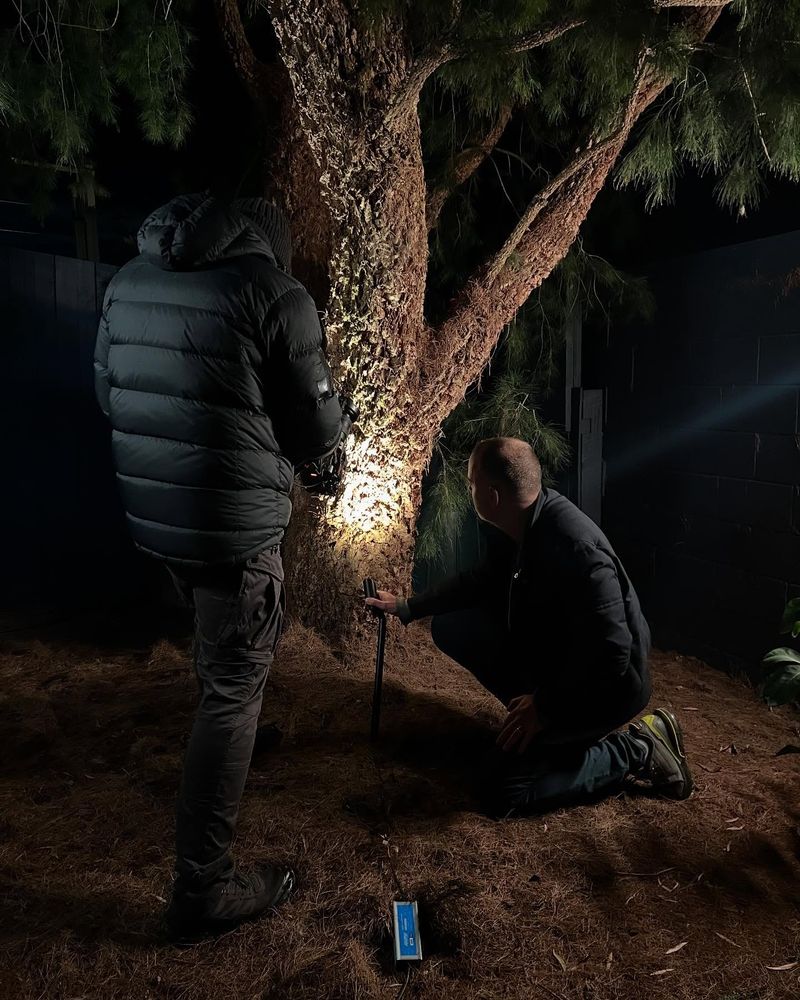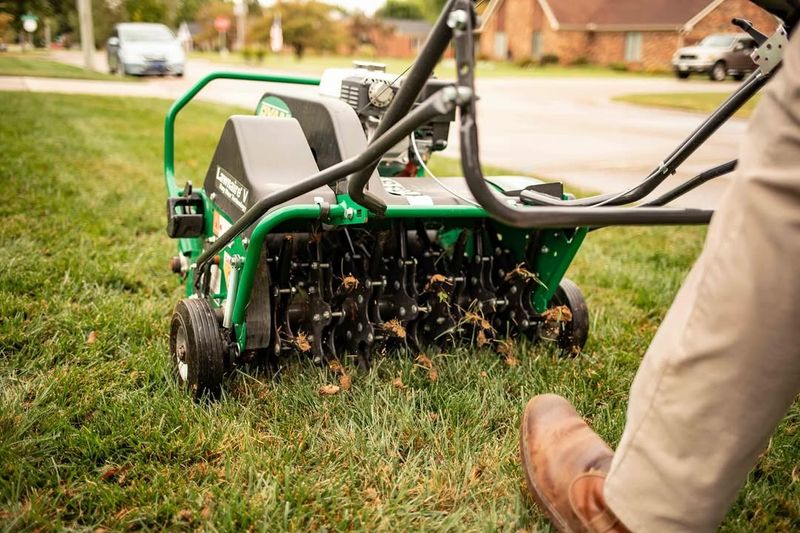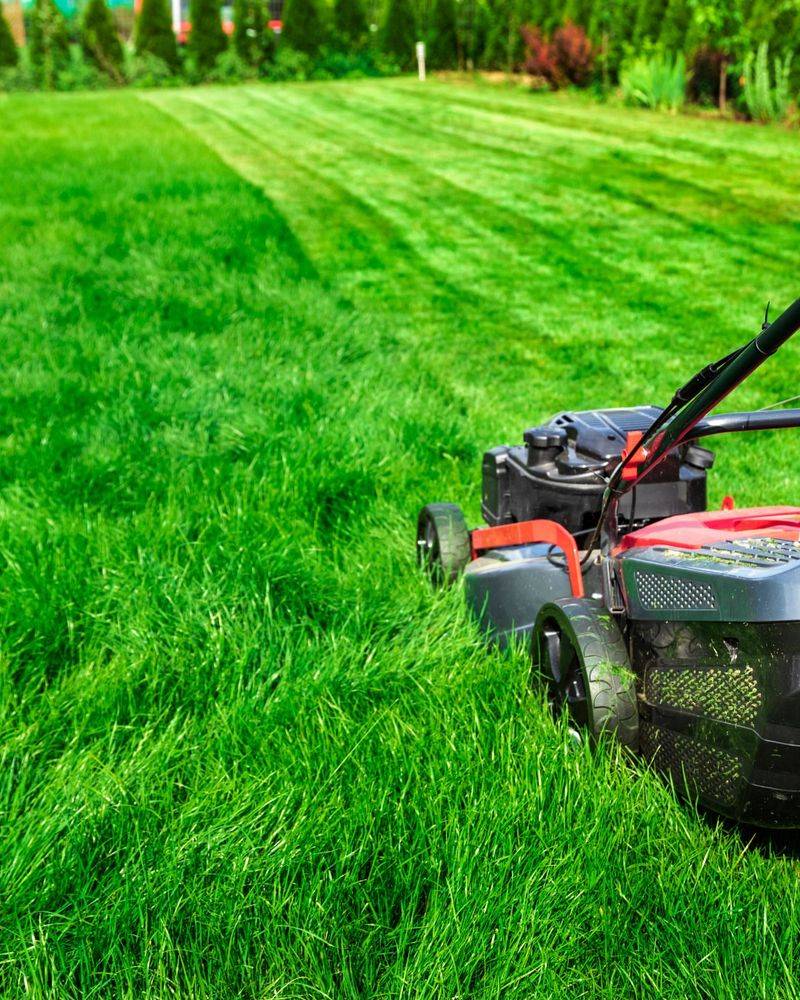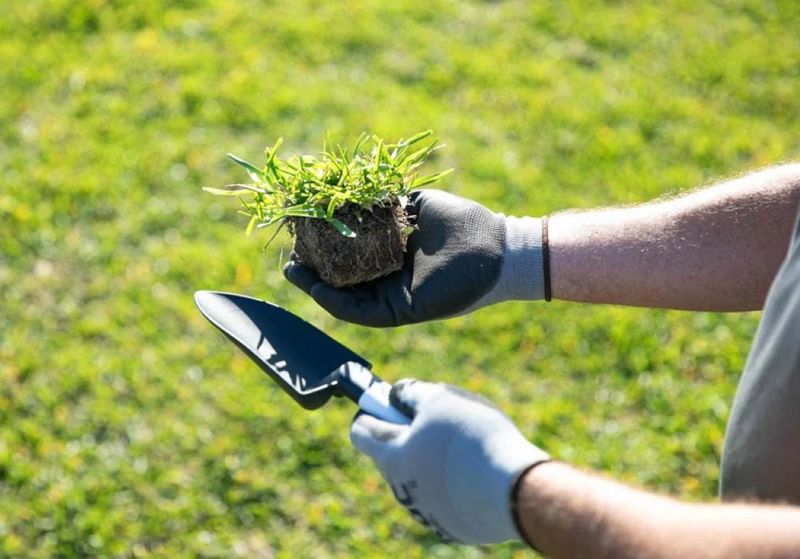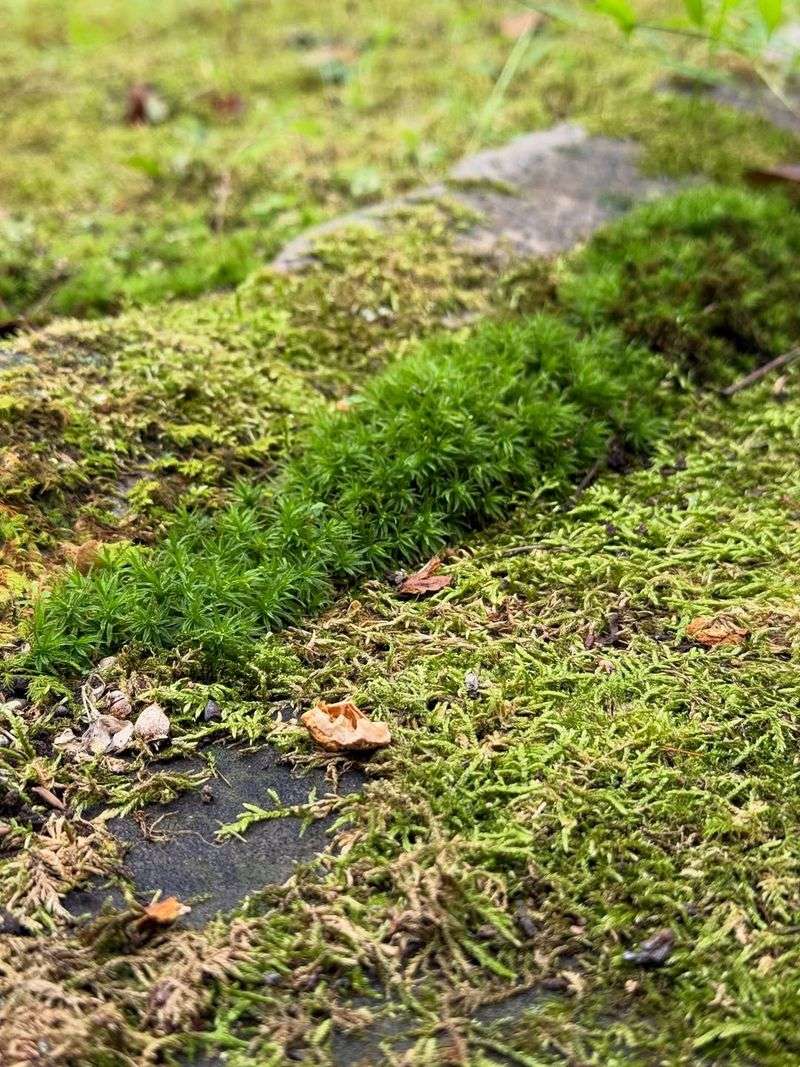In Seattle, moss is no stranger—it creeps, carpets, and cushions its way into nearly every corner of the landscape. But when it shows up early in your garden, even seasoned Pacific Northwest gardeners may raise an eyebrow.
Is it a warning sign? A weather clue? Or just business as usual in a city where rain hardly takes a day off? That early, velvety green layer often signals something deeper going on in your soil and microclimate, and understanding what it’s trying to tell you can help keep your garden on the right track.
1. Your Soil Is Too Acidic
Moss loves acidic conditions, and Seattle soil naturally leans that way thanks to all our rain and evergreen trees. When moss shows up early, your soil pH might be dropping below 6.0, which many grass types struggle with.
Testing your soil is easy and inexpensive. Garden centers sell simple test kits that give you results in minutes. Adding lime can raise the pH and make your lawn more hospitable to grass while discouraging moss from taking over every bare spot.
2. You Have A Drainage Problem
Waterlogged soil creates the perfect breeding ground for moss to flourish. If you notice moss popping up earlier than usual, check whether those areas stay wet longer after rain.
Grass roots need oxygen to survive, but soggy soil suffocates them while moss thrives in the moisture. Improving drainage through aeration, adding sand, or installing French drains can transform problem areas. Sometimes simply redirecting downspouts away from these spots makes a huge difference in keeping moss at bay.
3. Your Lawn Isn’t Getting Enough Sunlight
Grass needs several hours of direct sunlight daily, but moss can thrive in dim conditions. Early moss growth often appears in shadiest spots first, under trees or along north-facing walls.
Seattle’s cloudy weather already limits sunshine, so heavy tree cover compounds the problem. Pruning lower branches to let more light through helps grass compete better. Alternatively, embrace the shade by choosing shade-tolerant ground covers or creating intentional moss gardens in areas where grass simply won’t succeed.
4. Soil Compaction Is Weakening Your Grass
Heavy foot traffic, playing kids, or even just Seattle’s constant rain can pack soil down tight. Compacted soil prevents grass roots from spreading deep and strong, creating opportunities for moss to move in.
Aeration punches small holes in your lawn, allowing air, water, and nutrients to reach grass roots more effectively. Fall and spring are ideal times for this treatment. Regular aeration keeps grass healthy enough to crowd out moss before it establishes itself across your yard.
5. You’re Mowing Your Grass Too Short
Scalping your lawn might seem like it saves time between mowings, but cutting grass too short weakens it significantly. Shorter grass has less leaf surface for photosynthesis and develops shallow roots that struggle during dry spells.
Keep your mower blade set to three inches or higher during Seattle’s growing season. Taller grass shades the soil, preventing moss spores from germinating as easily. It also develops deeper roots that help grass outcompete moss for water and nutrients throughout the year.
6. Nutrient Deficiency Is Making Grass Struggle
Hungry grass can’t compete with opportunistic moss. Seattle’s heavy rainfall washes nutrients from soil faster than in drier climates, leaving grass starved for nitrogen and other essentials.
Early moss appearance often signals that your lawn needs feeding. Apply a balanced fertilizer in early spring and again in fall to keep grass vigorous. Choose slow-release formulas that won’t wash away quickly. Healthy, well-fed grass grows thick enough to prevent moss from finding bare soil to colonize in the first place.
7. Climate Patterns Are Shifting Earlier
Seattle’s wet season sometimes arrives earlier or lasts longer than it used to. Extended moisture periods combined with mild temperatures create ideal moss conditions sooner in the year.
Paying attention to these patterns helps you time your moss prevention efforts better. Apply moss control products before heavy rains begin rather than waiting until spring. Adjust your lawn care schedule to match actual weather conditions instead of relying on old calendar dates for treatments and maintenance tasks.

